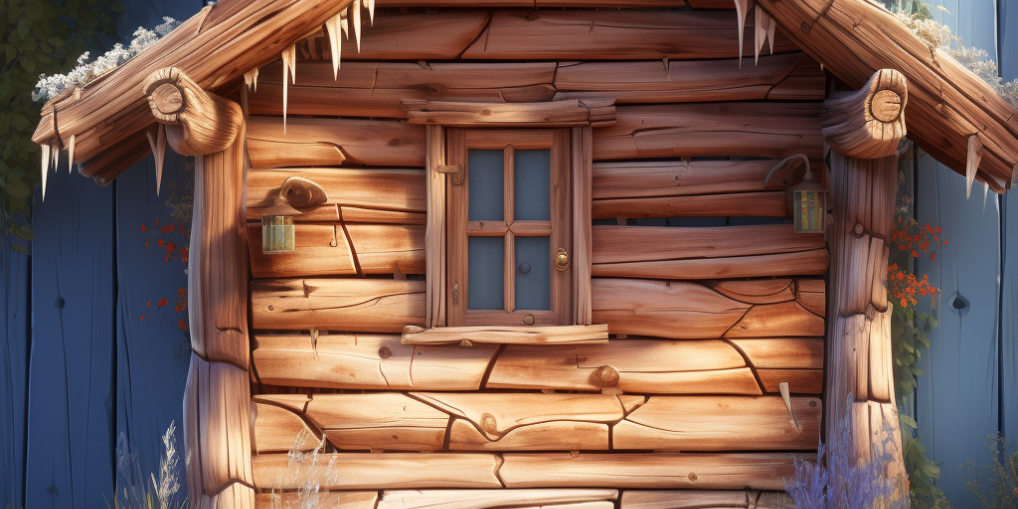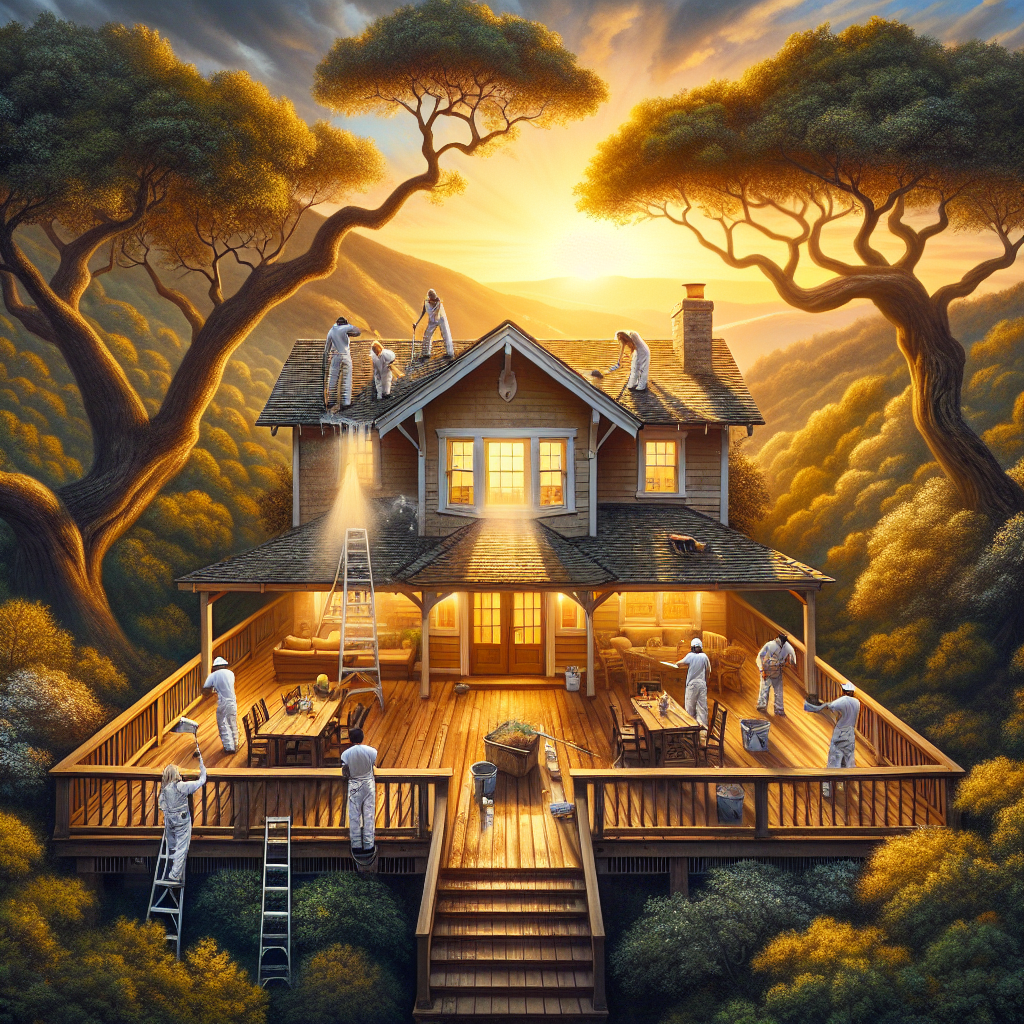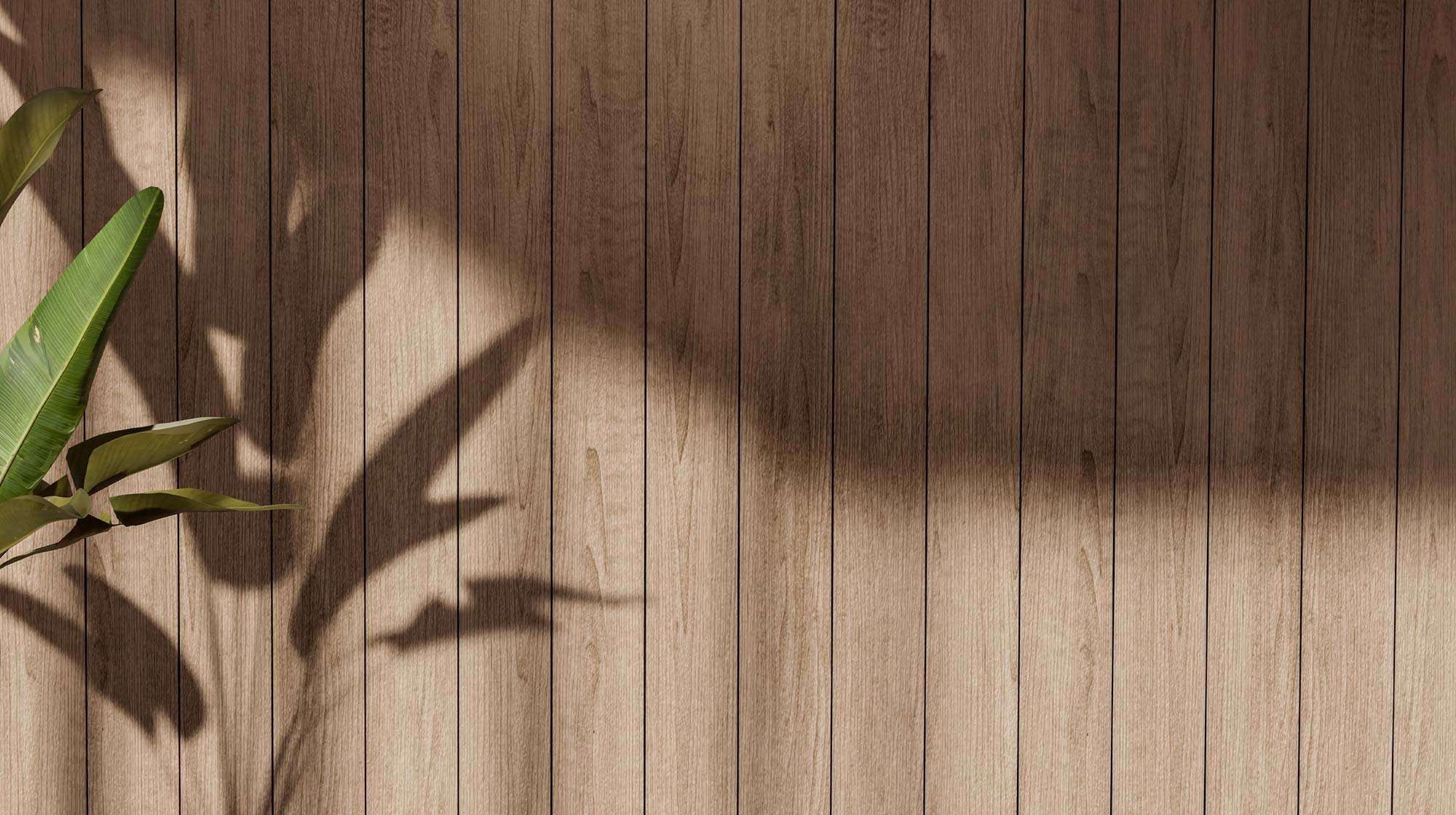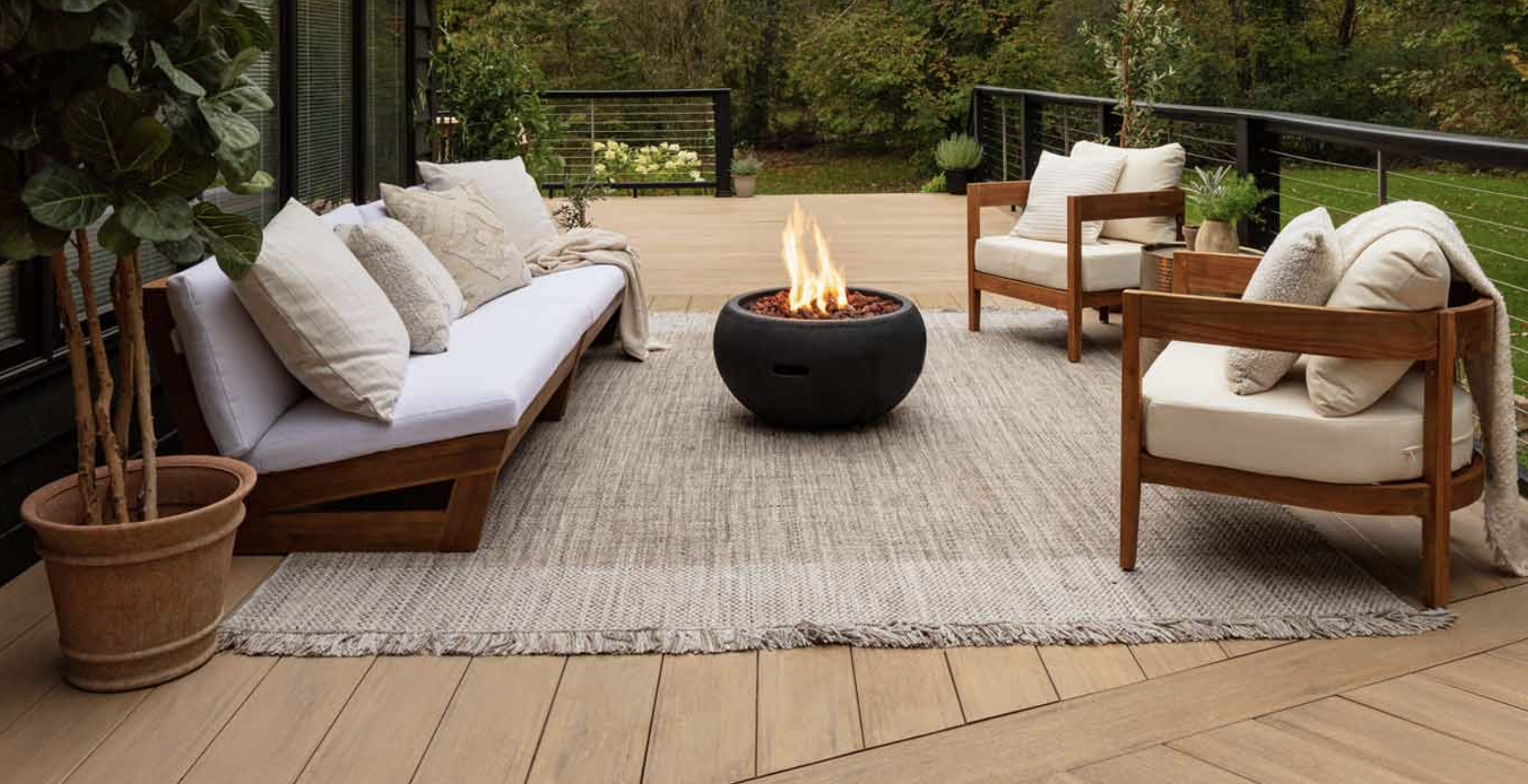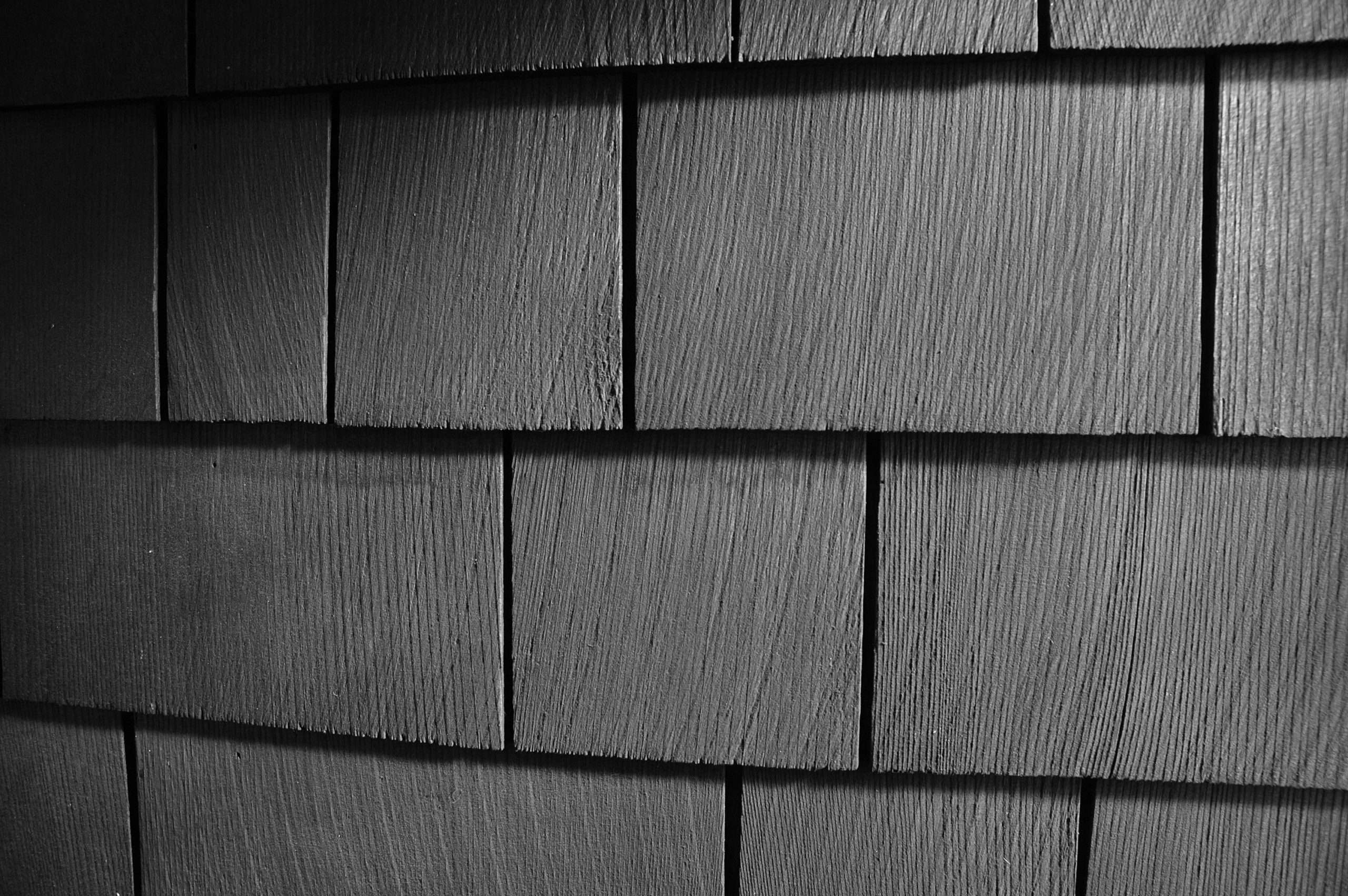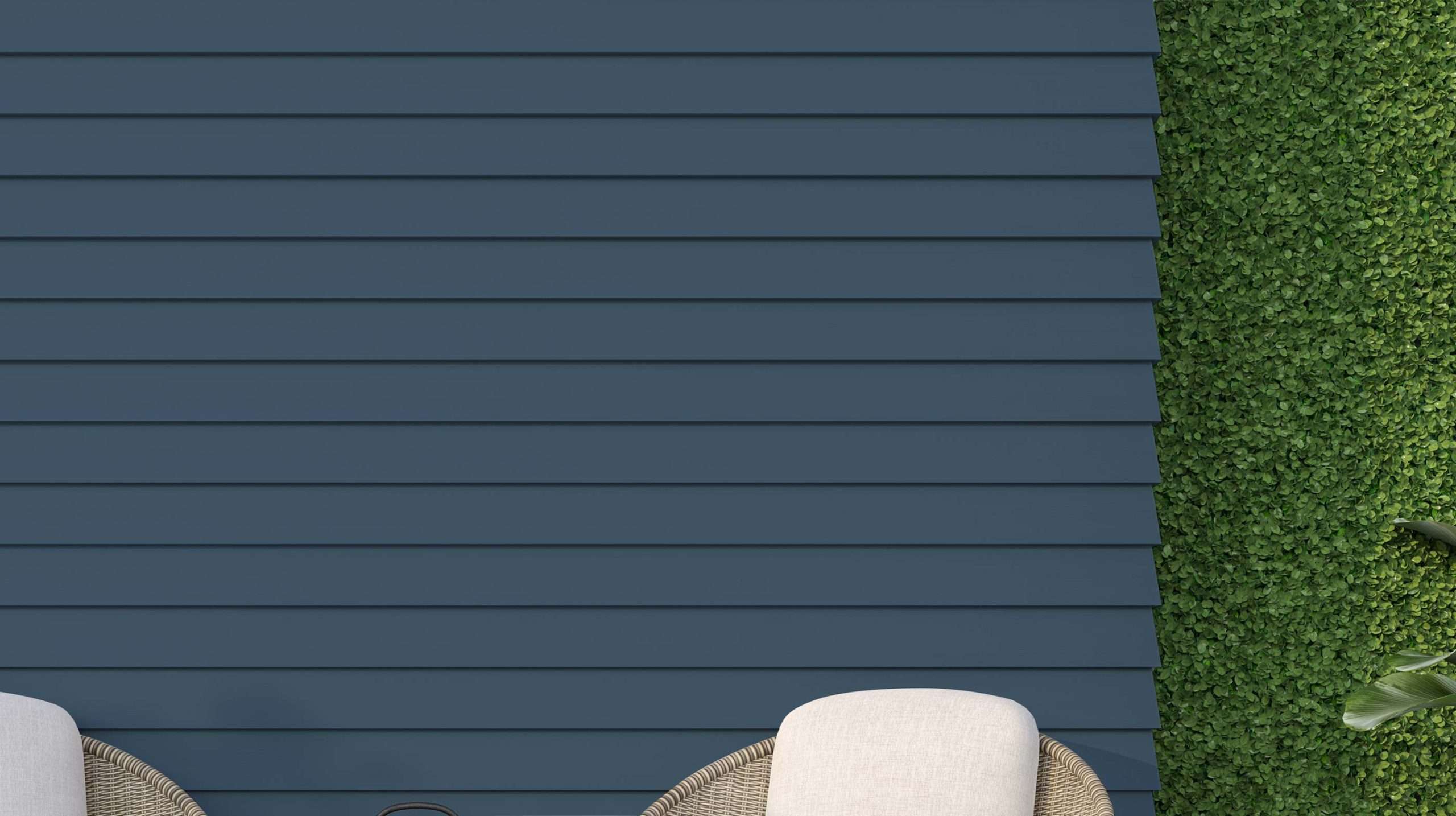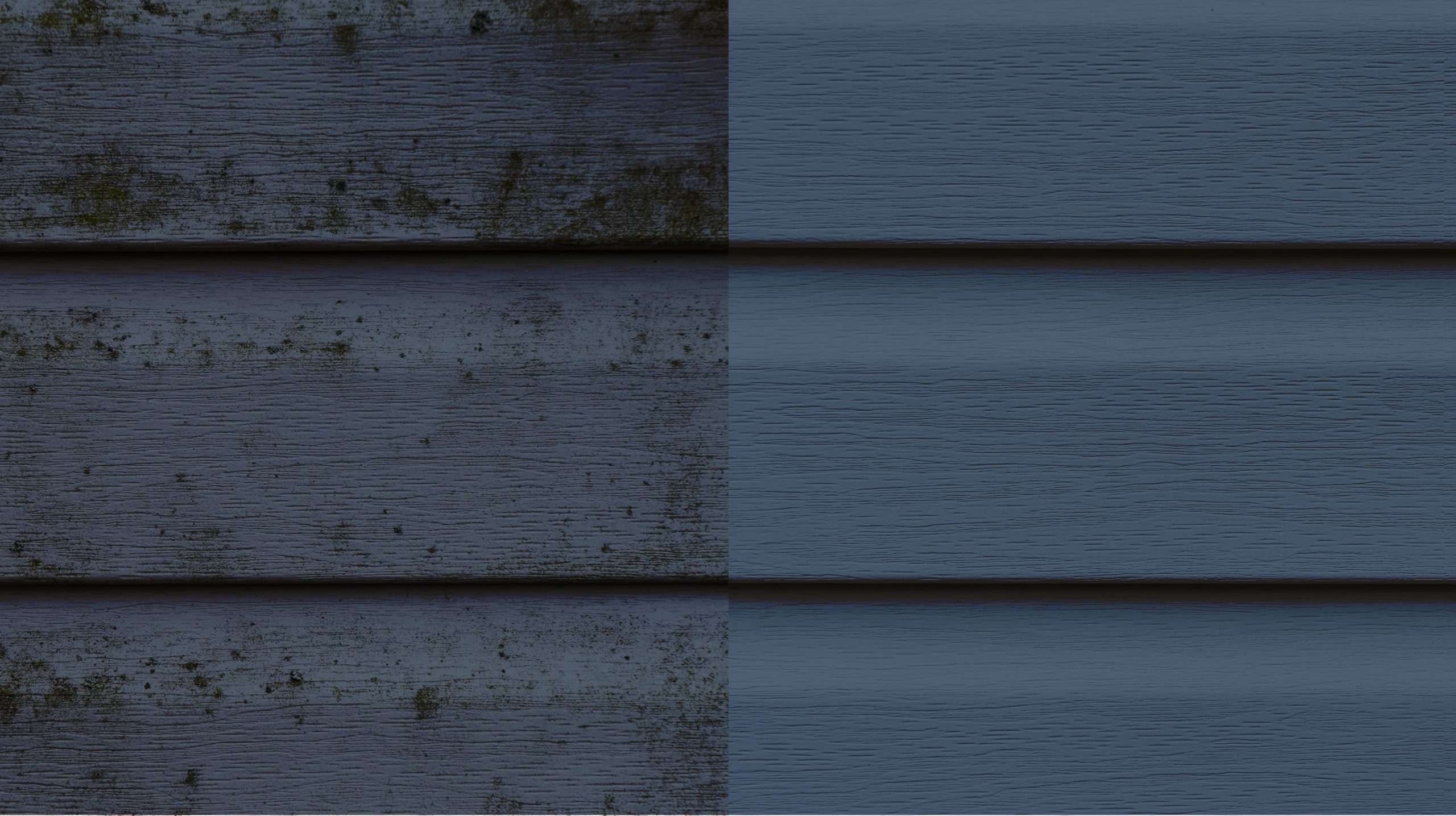Introduction
In San Luis Obispo, cedar wood tells a story of resilience and beauty. Its deep, reddish-brown hues and fragrant aroma evoke a sense of warmth and strength. Whether on decks, fences, or siding, cedar stands as a testament to craftsmanship and durability. Yet, like every hero in a tale, cedar has its vulnerabilities.
Enter two persistent adversaries: dry rot and sun damage. Each works silently, challenging cedar’s strength in different ways. This Rogall + Co. blog post explores their impact, revealing how homeowners can defend cedar against these quiet foes while preserving its timeless charm.
Table of Contents
- Introduction
- The Vulnerabilities of Cedar
- Dry Rot: The Misleading Villain
- The Sun’s Role: A Slow, Steady Antagonist
- Preventive Measures in San Luis Obispo
- Why Rogall + Co.?
- Conclusion
The Vulnerabilities of Cedar
Cedar may be durable, but it is not invincible. Its natural oils give it a reputation for resilience, but the story shifts when the environment plays its hand.
Moisture Absorption
Cedar breathes, taking in moisture when left unprotected. While its natural oils offer a shield, untreated wood absorbs water over time. Picture rain settling on an uncovered fence post or moisture rising from damp soil—small moments, yet over time, they create an opportunity for decay.
Sun Exposure
Imagine the relentless sun over San Luis Obispo, a silent yet consistent force. Cedar’s rich tones fade under the sun’s gaze, graying into a silver patina. It’s not immediate, but the story of cedar under constant sunlight is one of gradual wear. Though cosmetic at first, this fading leaves the wood more vulnerable to deeper damage.
Dry Rot: The Misleading Villain
Dry rot sounds harmless. “Dry” suggests warmth and safety, but don’t be fooled. It’s a fungus-driven adversary, thriving where moisture hides.
Understanding Dry Rot
Dry rot is an ironic term because it needs moisture to thrive. Once moisture enters cedar, fungal spores awaken, spreading through the wood and consuming its fibers. Over time, cedar loses its strength, becoming brittle and hollow.
Conditions for Dry Rot in Cedar
San Luis Obispo’s climate plays a leading role. The mix of coastal moisture, high humidity, and periodic rains creates the perfect stage for dry rot. Picture a cedar deck after a coastal rainstorm, where trapped water beneath boards lingers. This is where dry rot takes root, often unnoticed until the damage is significant.
The Sun’s Role: A Slow, Steady Antagonist
While dry rot works in the shadows, the sun operates in plain sight, shifting cedar’s story over months and years.
Fading and Graying
Cedar’s vibrant colors dull under constant sun exposure. The once-rich tones transform into a weathered gray. For some, this is a desirable, rustic look. But for others, it signals neglect and a weakening of cedar’s outer defenses.
Sun and Dry Rot: A Vicious Cycle
The sun doesn’t cause dry rot directly, but it plays its part. Over time, the sun dries out cedar, causing cracks and splits. These fissures become entry points for moisture (such as the opportunity for crevices), setting the stage for the hidden fungus that drives dry rot. Together, they form a cycle of decay that demands intervention. This cycle is repetitive and does not end by itself.
Preventive Measures in San Luis Obispo
In every story, there’s a turning point—a chance for the hero to overcome. For cedar, prevention is that turning point. By taking a few intentional steps, homeowners can prolong their home’s natural beauty and be able to maintain its style.
Sealing and Staining
A quality sealant acts as cedar’s armor, repelling water and protecting against moisture absorption. Adding a UV-resistant stain strengthens this defense, shielding cedar from the sun’s relentless rays. These treatments don’t just protect—they highlight cedar’s natural beauty, allowing its grains and tones to shine.
Ventilation and Drainage
Imagine a cedar deck elevated with proper ventilation, allowing airflow to dry moisture before it settles. Picture gutters directing water away from cedar siding. These simple steps create an environment where rot struggles to gain a foothold.
Regular Inspections
A wise homeowner inspects their cedar regularly. Look for soft spots, discoloration, or fungal growth. Early detection is the secret to staying ahead of dry rot and preventing sun damage from escalating.
Why Rogall + Co.?
At Rogall + Co., we’ve walked alongside cedar through countless seasons. We’ve seen its beauty flourish and helped restore it when challenged by the elements. Our deep understanding of San Luis Obispo’s unique climate allows us to tailor solutions that protect cedar from its adversaries.
Whether applying sealants, treating existing damage, or crafting long-term maintenance plans, our mission is to ensure your cedar continues to tell its story of strength and elegance for years to come.
Conclusion
Cedar in San Luis Obispo faces two persistent challenges: dry rot and sun damage. While each presents unique threats, homeowners hold the power to protect and preserve their cedar installations. Through preventive measures like sealing, proper drainage, and regular inspections, cedar’s story can remain one of resilience.
If your cedar structures show signs of wear or if you simply want to keep them at their best, Rogall + Co. is here to help. Let’s work together to defend your cedar against its adversaries, ensuring it remains as beautiful and strong as the day it was installed by contacting us today!
